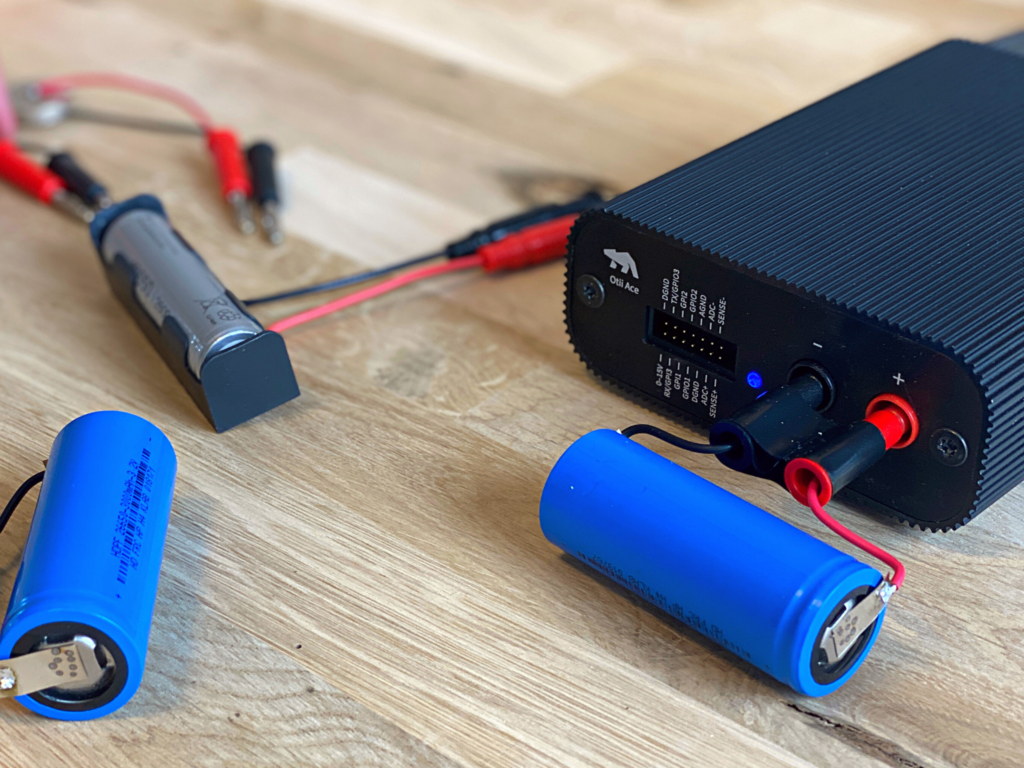Choosing the right battery for IoT devices
Choosing the right battery for IoT devices
In the previous blog post, we explored the factors that influence battery life in IoT devices and discussed strategies for optimizing power consumption to maximize operational efficiency. In this blog post, we will focus on the importance of choosing the right battery to ensure optimal performance and longevity of IoT devices.

Factors to Consider When Choosing the Right Battery for IoT Devices
Choosing the right battery is crucial for ensuring optimal performance and longevity of IoT devices. Different variables impact the behavior of the power source. By carefully considering these factors and selecting a battery that aligns with the specific requirements of the application, developers can ensure a reliable and long-lasting power supply for the IoT devices.
Battery life is determined by the match between battery and device behavior.
Battery Type: Electrochemistry, capacity, and energy density
The choice of battery type depends on the application and device form factor. Coin cell batteries are suitable for low-power devices but have limited capacity and are non-rechargeable. On the other hand, lithium-ion (Li-ion) or lithium-polymer (Li-poly) batteries offer higher capacity, rechargeability, and longer lifespans, making them ideal for applications with greater power demands and extended device lifecycles. Customized batteries are also in demand for devices with unique form factors.
Capacity, measured in milliampere-hours (mAh) or watt-hours (Wh), represents the charge a battery can store, while energy density denotes the stored energy per unit volume or weight. Selecting a battery with ample capacity and energy density ensures prolonged device operation without frequent battery replacements.
Battery life depends on the compatibility between the battery and device behavior.
Voltage and discharge characteristics
Voltage compatibility is crucial to ensure that the battery can provide the required voltage throughout the lifespan of the IoT application. Understanding the discharge rate, influenced by factors such as data transmission frequency, pulse intensity, duration, and frequency, affects battery characteristics, including discharge rate and voltage drop over time. These factors impact device power consumption and runtime.
Temperature
Temperature significantly affects battery performance, including capacity, discharge rate, and overall lifespan. Choosing a battery with a suitable operating temperature range that aligns with the device’s environmental conditions is vital.
Battery and device shelf life
Considering factors like self-discharge is crucial both when the battery is on the shelf pre-integration into the IoT device and once integrated. Aging and self-discharge can affect battery performance, highlighting the importance of understanding these parameters during product development and when the IoT device is in the market.
Cost and lifespan
When evaluating cost, it is essential to consider both upfront expenses and the total ownership cost over the battery’s lifespan. Assessing the battery’s expected lifespan and balancing it with the device’s operational duration optimizes cost-effectiveness.
By carefully evaluating these factors, you can choose the right battery and ensure a reliable and durable power supply for your IoT devices.
Choosing the right battery is essential for optimal performance and longevity of IoT devices. Factors such as battery behavior and specific application requirements must be carefully considered. By evaluating these factors, developers can ensure a reliable and long-lasting power supply for their IoT devices, contributing to the overall success of their deployments.
Blog series exploration
Stay tuned as we explore optimizing battery life of LPWAN IoT devices. We’ll analyze the factors impacting battery life, offer guidance on choosing the right battery, and discuss strategies for maximizing efficiency. By implementing the best practices from this series, organizations can optimize their LPWAN deployments, improve battery performance, and extend device lifecycles. The next chapter will be about Four steps for a successful IoT battery selection.

Blog series content
- Exploring challenges and strategies for long LPWAN battery life performance
- Optimizing battery life of LPWAN IoT devices
- Choosing the right battery for IoT devices
- Four steps for a successful IoT battery selection
- Profiling different battery chemistries: A case study
For early access to the full series, download our white paper Powering IoT devices now.
Become a member of our community
Gain access to exclusive resources, educational materials, and expert advice to enhance your knowledge and understanding of powering IoT devices and battery testing.